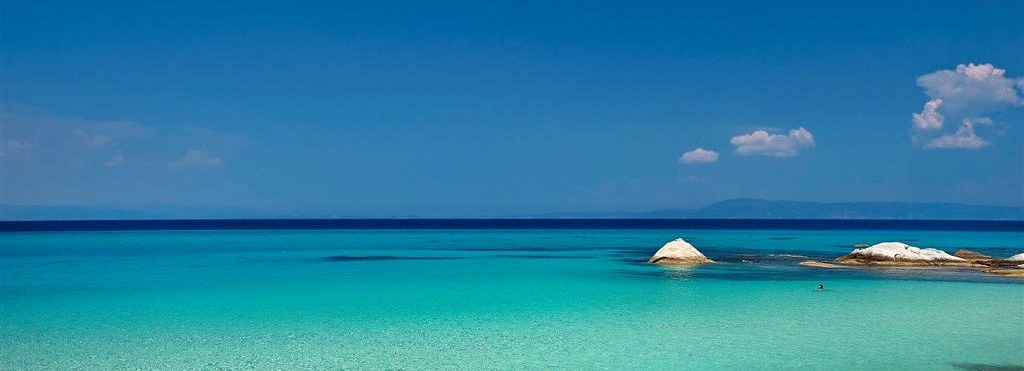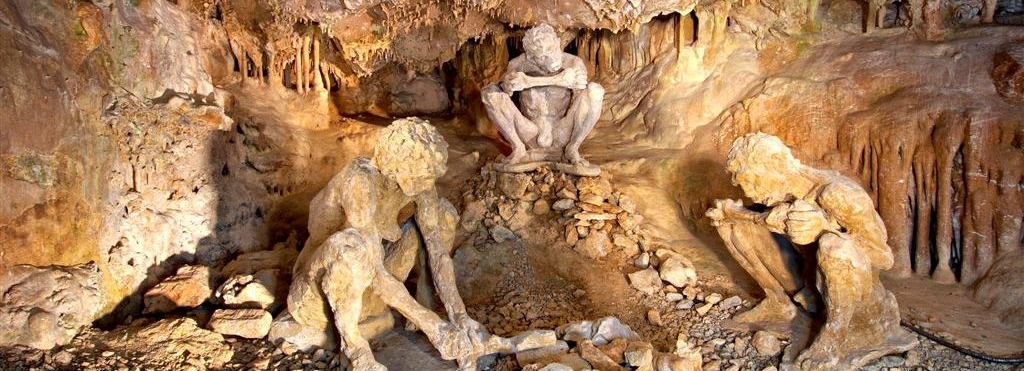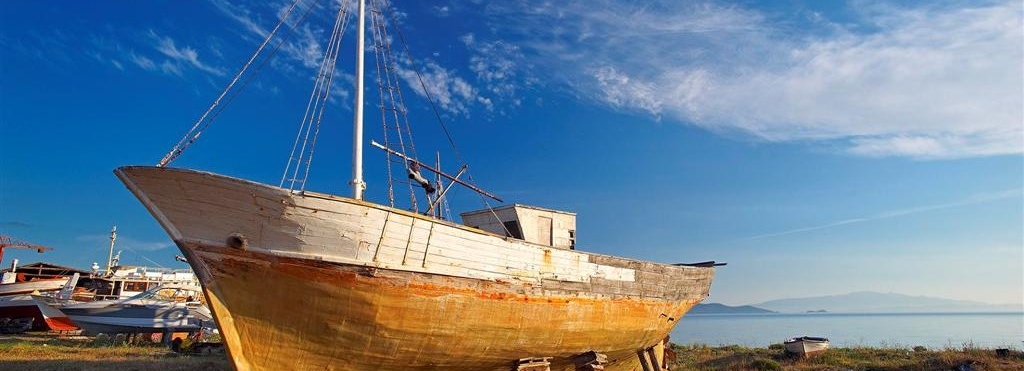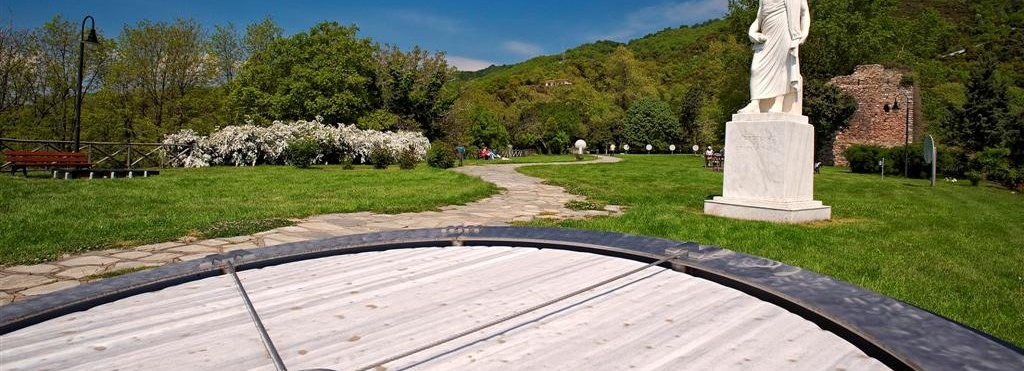In Mythological Times Toroni was the wife of Proteus, son of Poseidon. There are traces of prehistoric settlements dating from the third millennium before Christ and many other relics of ancient, Early Christian and Byzantine monuments, which bear witness to the fact that the area is continuously inhabited since the Neolithic Age.
Ancient Toroni was founded by colonists from Chalkida in the 8th century BC. By the 5th century BC. Toroni was already one of the most important cities in Halkidiki. It had its own coin and was a member of the Delian League. Thucydides narrates that in 423BC Toroni was taken over by Spartan officer Brasidas. In 348BC the city was annexed to the state of Philip II of Macedon. In 168BC it was conquered by the Romans and the city fell into decline. In the Byzantine Era the area comprised of monastery dependencies, belonging to the monasteries on Holy Mt. Athos. Its mighty walls and other buildings were destroyed in the 19th century, when the Turks used the granite to pave central avenues in Constantinople and Thessaloniki. Findings from recent excavations confirmed the continuous habitation of the area since the end of the Neolithic Age up until the Ottoman Era. Architectural remains have been uncovered, however of a very fragmentary nature, since most were destroyed due to the continuous use of the space. The archaeologists placed particular emphasis on the cemetary of the settlement from the Iron Age, which is held to cover a period extending from late 2nd century until the middle of the 9th century. 134 tombs were uncovered in this cemetery, of which 118 contained ashes while 16 contained simple burials. 500 vessels also came to light, which were used either as urns or burial gifts.







